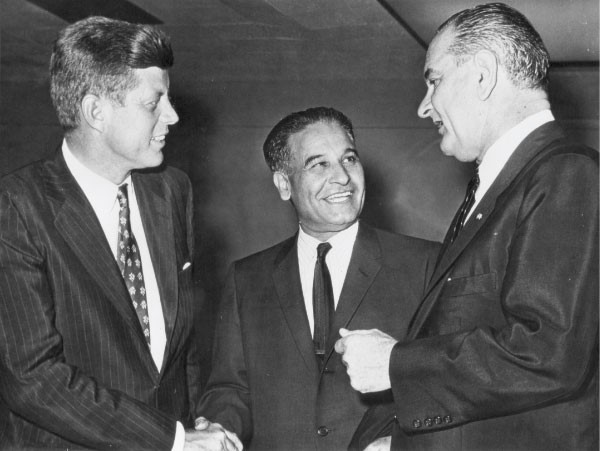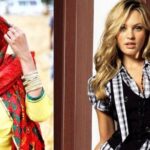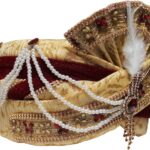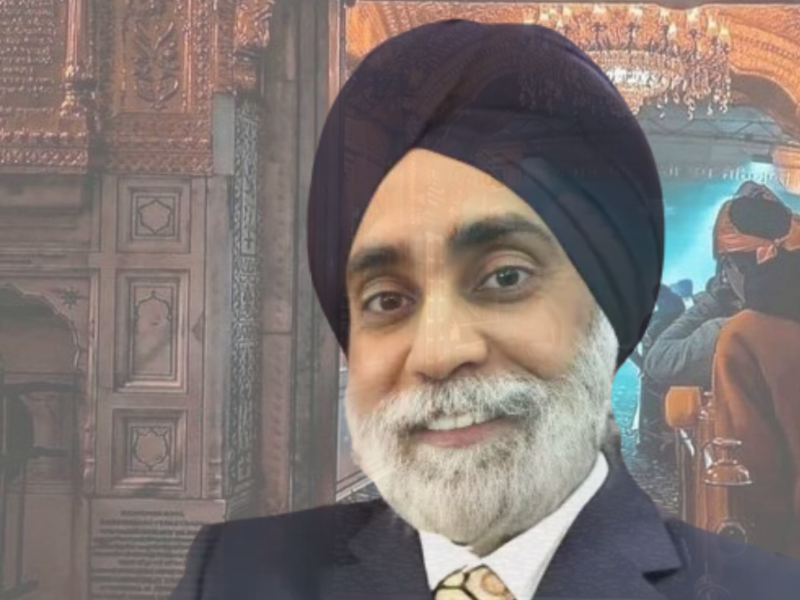Dilip Singh Saund, known simply as “Judge,” was also the first individual of Asian heritage to be appointed to the United States House of Representatives in November 1956. Dilip Singh Saund is a member of the Indian Congress.. He fought tirelessly for his southern California region and the agricultural who lived there. His distinctive background as Indian-born, naturalized US citizen, successful entrepreneur, and county judge helped propel him to the global stage. All through his time in the House of Representatives at the height of the Second World War, Saund made a name for himself as a visionary politician with a unique ability to captivate worldwide audiences. Despite facing discrimination on numerous occasions during his time in the United States, Saund retained his faith in the ideals of American democracy.
Dalip Singh Saund was born on September 20, 1899, in Chhajjalwaddi, in the far-northern region of Punjab, India, which was a British colony at the period. Saund’s father was a governmental building contractor who died while Saund was a young lad. Though none of his family had gone to school during the period of British colonialism, schooling was the basis of Saund’s life. Saund’s father and uncles collected sufficient money to build a one-room schoolhouse approximately half a kilometer from his home. His parents brought him to a boarding school in Amritsar, nearer the Pakistani border, when he was eight years old.

Saund backed Mohandas Gandhi’s fight for Indian Independence while being in college at the University of Punjab. Saund studied mathematics, finished with a BS degree in 1919, and moved to America to pursue his study, in addition to his informal training in nonviolence and civil disobedience. Sound labored to extend his primary school, plant trees along the highways around his hamlet, and assist build two community banks whilst waiting for his passport.
Saund’s relatives notified him after he concluded his education that the Indian government had been monitoring his “anti-British statements in America.” Saund stayed in California and authored My Mother India, a memoir about his boyhood in India and a critique of British imperialism. Various problems that frequently arise in the minds of American residents regarding India’s cultural and political difficulties,” Saund wrote in his novel. He “made a case for the civil liberties of India’s disadvantaged as he related caste in India to racism in America and elsewhere,” according to one of the topics he addressed in his book.
Marian Kosa, the child of a good friend and a prospective educator in the Los Angeles school system, wedded Saund in 1928. Dalip Jr., a lieutenant in the United States Army during the Korean War, and Julie and Ellie, all of whom enrolled at The University of California, Los Angeles, were their three children.
Saund’s new family first lived on a ranch in Westmorland, California, an arid, windy, and scorching part of the state just south of the Salton Sea. The region was known for getting melons to markets before anybody else, but the Great Depression wreaked havoc on the city’s economy. Harvesting work vanished as the fruit withered in the field.

Because he cultivated and baled alfalfa hay and had immediate access to Los Angeles, Saund escaped the economic crash relatively undamaged.Because people of Asian ancestry were not allowed to buy or rent land in California at the time, Saund had to arrange the arrangements himself with a friend in the valley. When the economy rebounded, Saund struggled for a while and went into debt.Against the advice of clients and business acquaintances, he declined to declare bankruptcy and instead resolved to “slowly but steadily” work his way out of debt.
After 20 years of agriculture, Saund founded his own fertilizer company in 1953, driving over 1,000 miles each week between his residence near Los Angeles, where his wife lectured and where they lived their lives, and his Westmorland-based company. Throughout his time in the West, Saund was a keen observer of politics, delving into the problems surrounding the presidential elections of 1924 and 1928.
Later on, he advocated for the naturalization of people of South Asian ancestry. He applied for naturalization after the Luce-Celler Act was passed in 1946, and has become an American citizen in 1949. He campaigned for Justice of the Peace in Westmoreland township, California, in 1950 and succeeded, but his victory was overturned since he had only been a resident for a year. He then competed for and obtained the same position.
In November 1955, he launched his candidacy for the House of Representatives as a Democratic, and he received an open seat versus Jacqueline Cochran, a well-known Republican aviator. He got elected to Congress twice, making him the very first Sikh American, the first Asian American, the very first Indian American, and the first adherent of a non-Abrahamic faith.
On an aircraft voyage on May 1, 1962, Saund experienced a devastating stroke, rendering him unable to talk or move without help. He won the Democratic primary in June running in the newly designated 38th district despite being unable to advertise but was beaten for reelection in November by Republican Patrick M. Martin by an 11% margin.
His health improved substantially after his loss, enabling him to be transferred from treatment in Bethesda, Maryland to one in California. He died on April 22, 1973, at his Hollywood home, after suffering a second stroke roughly ten years earlier.








